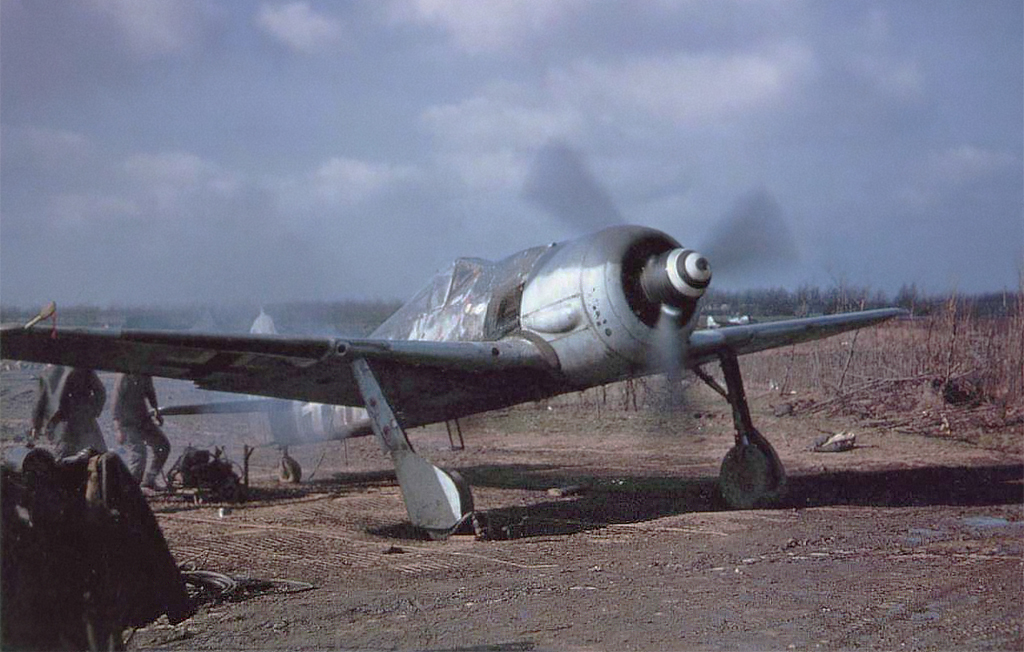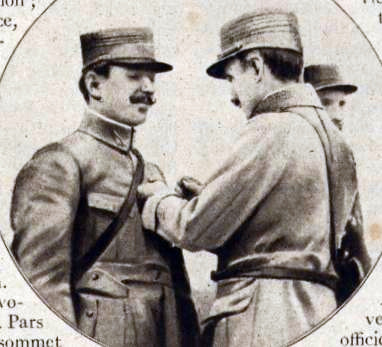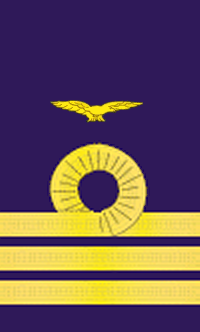|
Günther Specht
Günther Specht (13 November 1914 – 1 January 1945) was a German Luftwaffe fighter ace during World War II. Having joined the ''Luftwaffe'' in 1935 and completed his pilot training, at the start of the war Specht was a ''Leutnant'' in 3./ZG 26 "''Horst Wessel''" (the 3rd squadron of the 26th Heavy Fighter Wing). In 1939 he was wounded by an RAF tail gunner and blinded in one eye. After his recovery he chose to return to active service but was shot down again in France and was seriously injured. These injuries kept him grounded for the next two years. In 1942 he returned to active duty with 1st Fighter Wing (''Jagdgeschwader 1 Oesau''; ''JG'' 1). He was then made Group Commander (''Gruppenkommandeur'') of II Group of JG 11 (II./JG 11) and promoted to ''Major''. He was appointed as Wing Commander (''Geschwaderkommodore'') of JG 11 and was listed as missing in action during the attack on the Allied bases at Asch and Ophoven as part of Operation Bodenplatte. He was posth ... [...More Info...] [...Related Items...] OR: [Wikipedia] [Google] [Baidu] |
Ząbkowice Śląskie
Ząbkowice Śląskie ( ; ) is a town in Lower Silesian Voivodeship, in south-western Poland. It is the seat of Ząbkowice Śląskie County and of a local municipality called Gmina Ząbkowice Śląskie. The town lies approximately south of the regional capital Wrocław. , it had a population of 15,004. History The town was established in Silesia as ''Frankenstein'' in the late 13th century by German settlers, during the reign of Henry IV Probus of the Piast dynasty, following the Mongol invasion of Poland. It was founded in the vicinity of the old Polish settlement of Sadlno, through which ran a trade route connecting Silesia and Bohemia. The town was sited on a piece of land that belonged partly to the episcopal lands of Zwrócona and partly to the monastery at Trzebnica. The town was located between the sites of two previously existing towns that had failed to attract enough settlers: Frankenberg ( Przyłęk) and Löwenstein ( Koziniec), and inherited its German name fr ... [...More Info...] [...Related Items...] OR: [Wikipedia] [Google] [Baidu] |
Fighter Ace
A flying ace, fighter ace or air ace is a military aviation, military aviator credited with shooting down a certain minimum number of enemy aircraft during aerial combat; the exact number of aerial victories required to officially qualify as an ace varies, but is usually considered to be five or more. The concept of the "Ace (military), ace" emerged in 1915 during World War I, at the same time as aerial dogfighting. It was a propaganda term intended to provide the home front with a cult of the hero in what was otherwise a Attrition warfare, war of attrition. The individual actions of aces were widely reported and the image was disseminated of the ace as a chivalrous knight reminiscent of a bygone era. For a brief early period when air-to-air combat was just being invented, the exceptionally skilled pilot could shape the battle in the skies. For most of the war, however, the image of the ace had little to do with the reality of air warfare, in which fighters fought in formation an ... [...More Info...] [...Related Items...] OR: [Wikipedia] [Google] [Baidu] |
Prussia
Prussia (; ; Old Prussian: ''Prūsija'') was a Germans, German state centred on the North European Plain that originated from the 1525 secularization of the Prussia (region), Prussian part of the State of the Teutonic Order. For centuries, the House of Hohenzollern ruled Prussia, expanding its size with the Prussian Army. Prussia, with its capital at Königsberg and then, when it became the Kingdom of Prussia in 1701, History of Berlin, Berlin, decisively shaped the history of Germany. Prussia formed the German Empire when it united the German states in 1871. It was ''de facto'' dissolved by 1932 Prussian coup d'état, an emergency decree transferring powers of the Prussian government to German Chancellor Franz von Papen in 1932 and ''de jure'' by Abolition of Prussia, an Allied decree in 1947. The name ''Prussia'' derives from the Old Prussians who were conquered by the Teutonic Knightsan organized Catholic medieval Military order (religious society), military order of Pru ... [...More Info...] [...Related Items...] OR: [Wikipedia] [Google] [Baidu] |
Western Front (World War II)
The Western Front was a European theatre of World War II, military theatre of World War II encompassing Denmark, Norway, Luxembourg, Belgium, the Netherlands, the United Kingdom, French Third Republic, France, and Nazi Germany, Germany. The Italian campaign (World War II), Italian front is considered a separate but related theatre. The Western Front's 1944–1945 phase was officially deemed the European Theater of Operations, United States Army, European Theater by the United States, whereas Italy fell under the Mediterranean Theater of Operations, United States Army, Mediterranean Theater along with the North African campaign. The Western Front was marked by two phases of large-scale combat operations. The first phase saw the capitulation of Luxembourg, Netherlands, Belgium, and France during May and June 1940 after their defeat in the Low Countries and the northern half of France, and continued into an air war between Germany and Britain that climaxed with the Battle of Brita ... [...More Info...] [...Related Items...] OR: [Wikipedia] [Google] [Baidu] |
Ophoven Airfield
Ophoven Airfield is an abandoned World War II military airfield which is located west of Opglabbeek (Limburg); approximately northeast of Brussels. History The airfield was built by the United States Army Air Forces IX Engineer Command, 820th Engineer Aviation Battalion in late November/early December 1944. Known as Advanced Landing Ground "Y-32", the airfield consisted of a single 5000' (1500m) Pierced Steel Planking runway aligned 12/30. In addition, tents were erected for billeting and also for support facilities; an access road was built to the existing road infrastructure; a dump was created for supplies, ammunition, and gasoline drums, along with a drinkable water; and a minimal electrical grid for communications and station lighting was installed. Opened on 10 December, the airfield was first used as a resupply and casualty evacuation airfield, with C-47 Skytrain transports flying in and out of the airfield frequently. Combat units did not arrive at the airfield until ... [...More Info...] [...Related Items...] OR: [Wikipedia] [Google] [Baidu] |
Asch Airfield
Zutendaal Air Base is a reserve Belgian Air Component base, located east-southeast of Genk (Limburg), approximately east-northeast of Brussels Brussels, officially the Brussels-Capital Region, (All text and all but one graphic show the English name as Brussels-Capital Region.) is a Communities, regions and language areas of Belgium#Regions, region of Belgium comprising #Municipalit .... Overview The base is in reserve status, its primary use being to store retired Agusta helicopters. Since 2009, it has been open to limited civilian recreational flying; it is home to a gliding club, operating on the weekends. History Origins Zutendaal Air Base's origins date to March 1917 when it was originally constructed by the German Army Air Corps as "Flieger Schießschule". it was established for observers destined for artillery units. Near this airfield, the Germans selected a large heath area (between Houthalen, Genk, As, Peer and Opglabbeek) where they installed a firing ran ... [...More Info...] [...Related Items...] OR: [Wikipedia] [Google] [Baidu] |
Allies Of World War II
The Allies, formally referred to as the United Nations from 1942, were an international Coalition#Military, military coalition formed during World War II (1939–1945) to oppose the Axis powers. Its principal members were the "Four Policemen, Big Four" – the United Kingdom, United States, Soviet Union, and Republic of China (1912–1949), China. Membership in the Allies varied during the course of the war. When the conflict broke out on 1 September 1939, the Allied coalition consisted of the United Kingdom, French Third Republic, France, and Second Polish Republic, Poland, as well as their respective Dependent territory, dependencies, such as British Raj, British India. They were joined by the independent dominions of the British Commonwealth: Canada, Australia, Dominion of New Zealand, New Zealand and Union of South Africa, South Africa. Consequently, the initial alliance resembled Allies of World War I, that of the First World War. As Axis forces began German invasion of ... [...More Info...] [...Related Items...] OR: [Wikipedia] [Google] [Baidu] |
Missing In Action
Missing in action (MIA) is a casualty (person), casualty classification assigned to combatants, military chaplains, combat medics, and prisoner of war, prisoners of war who are reported missing during wartime or ceasefire. They may have been killed in action, killed, Wounded in action, wounded, prisoner of war, captured, capital punishment, executed, or Desertion, deserted. If deceased, neither their remains nor grave have been positively identified. Becoming MIA has been an occupational risk for as long as there has been warfare. Problems and solutions Until around 1912, service personnel in most countries were not routinely issued with Dog tag (identifier), ID tags. As a result, if someone was killed in action and their body was not recovered until much later, there was often little or no chance of identifying the remains unless the person in question was carrying items that would identify them, or had marked their clothing or possessions with identifying information. Start ... [...More Info...] [...Related Items...] OR: [Wikipedia] [Google] [Baidu] |
Geschwaderkommodore
''Geschwaderkommodore'' (short also ''Kommodore'') is a ''Luftwaffe'' position or appointment (not rank), originating during World War II. A ''Geschwaderkommodore'' is usually an OF5-rank of ''Oberst'' (colonel) or Kapitän zur See (naval captain). A ''Geschwaderkommodore'' will command a ''Geschwader'' (Wing A wing is a type of fin that produces both Lift (force), lift and drag while moving through air. Wings are defined by two shape characteristics, an airfoil section and a planform (aeronautics), planform. Wing efficiency is expressed as lift-to-d ...), which in turn contains ''Gruppen'' ( Groups) each commanded by a '' Gruppenkommandeur'' (Group Commander). See also * Organization of the Luftwaffe (1933–1945) References ;Citations ;Bibliography * {{Cite book , last=Isby , first=David C. , year=1998 , title=The Luftwaffe Fighter Force—The View from the Cockpit , location=London , publisher=Greenhill Books , isbn=978-1-85367-327-6 Luftwaffe Luftwaffe ... [...More Info...] [...Related Items...] OR: [Wikipedia] [Google] [Baidu] |
Wing Commander (rank)
Wing commander (Wg Cdr or W/C) is a senior officer rank used by some air forces, with origins from the Royal Air Force. The rank is used by air forces of many countries that have historical British influence. Wing commander is immediately senior to squadron leader and immediately below group captain. It is usually equivalent to the rank of commander in the navy and the rank of lieutenant colonel in other services. The equivalent rank in the Women's Auxiliary Air Force and the Women's Royal Air Force (until 1968) and in Princess Mary's Royal Air Force Nursing Service (until 1980) was wing officer. The equivalent rank in the Royal Observer Corps (until 1995) was observer commander, which had a similar rank insignia. Canada The rank was used in the Royal Canadian Air Force until the 1968 unification of the Canadian Forces, when army-type rank titles were adopted. Canadian wing commanders then became lieutenant colonels. In official Canadian French usage, the rank tit ... [...More Info...] [...Related Items...] OR: [Wikipedia] [Google] [Baidu] |
Major (Germany)
() is the lowest Staff (military), staff Officer (armed forces), officer rank in the German Army, German Air Force. The rank is rated Ranks and insignia of NATO armies officers, OF-3 in NATO. The rank insignia is a silver oakleaf cluster with a silver pip (star). The OF-3 equivalent of the German Navy is the . History The rank in German-speaking armed forces dates back to the Middle Ages. World War II During World War II, the Schutzstaffel, SS equivalent was ''Sturmbannführer''. Current rules To be appointed to the rank of , the officer has to pass a staff officer basic course () which is held at the German Armed Forces Command and Staff College (), and serve in a post coded A13 or A13/A14. In the German Army and the Joint Support Service (), the waiting period between meeting the requirements for promotion and actual promotion to the rank of averages 15 months due to budget problems (as of July 2010). See also * Ranks of the German Bundeswehr * Rank insignia of the G ... [...More Info...] [...Related Items...] OR: [Wikipedia] [Google] [Baidu] |






